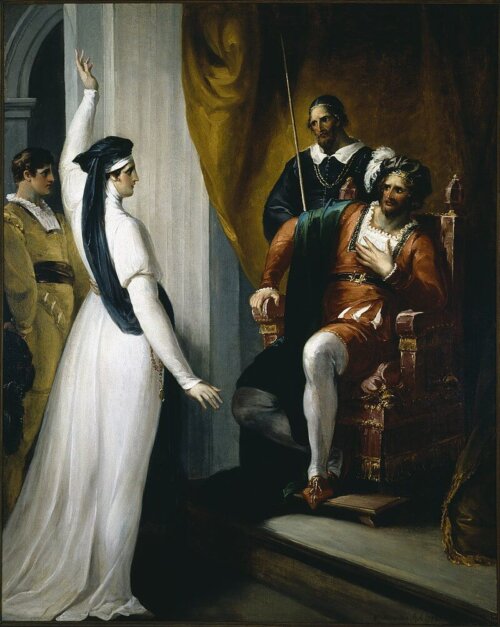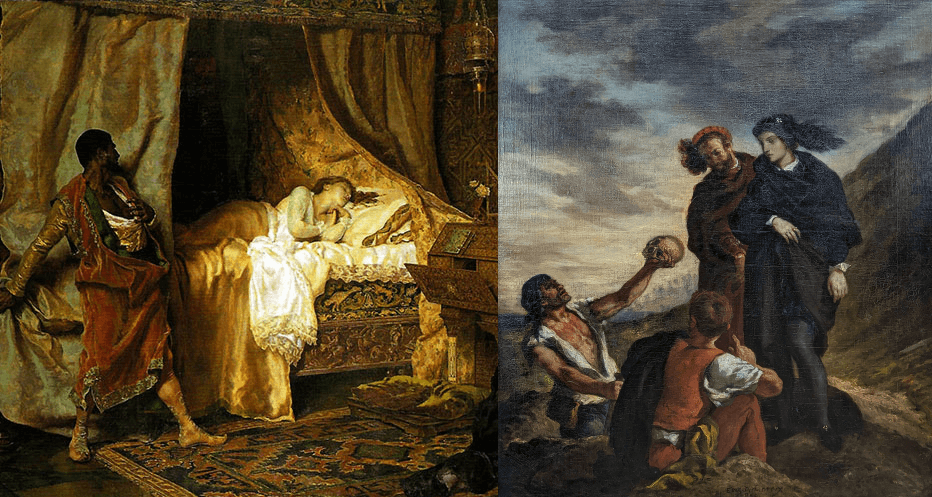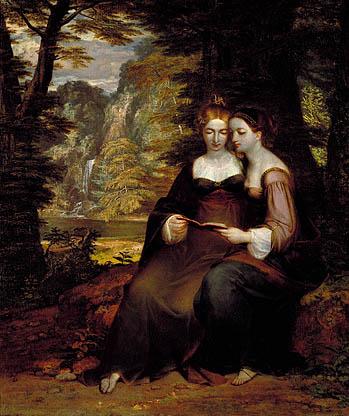The Music of Maurice Duruflé

Maurice Duruflé (1902-1986) is a unique case in the history of music: There are few other instances of a composer being considered a significant creator despite composing so little—in Duruflé’s case, just fourteen published works (one of his teachers, the admired French composer Paul Dukas, was similarly unprolific). Duruflé’s lack of productivity was not due to spotty inspiration, but rather to personal modesty combined with exacting standards; he was a painstaking worker, nursing a composition for years before allowing it to be called finished, and then continuing to revise it even after publication, always seeking perfection.
One might guess that a composer who produced such a small quantity of work in a life of 84 years did not rely on composition as his daily bread, and indeed, Duruflé’s main activity was as a professor and church organist. Musically a true son of the Church, he attended a cathedral choir school from the age of ten and as a young man became organist at the St.-Etienne du Mont church in Paris. His handful of compositions—widely spaced throughout his life—have gone on to become respected and loved, both by church musicians and general listeners. This includes his two large-scale sacred works, the Requiem (1947; one of the most beloved examples of the genre along with the Requiems of Mozart, Verdi and Faure) and the Messe cum jubilo (1966); his Four Motets on Gregorian Themes (1960), including the peerless Ubi caritas et amor; several valuable works for his instrument, the organ; and even a few stray chamber and orchestral pieces (Trois danses, Andante et scherzo), which by no means deserve their current neglect.
On paper Duruflé looks like an extreme musical conservative; the phrase “a man out of step with his times” frequently adorns commentaries on him. And it’s true that he had no interest in such modernist developments as 12-tone serialism (although it’s doubtful his works would have found acceptance in churches if he had had). But standard music history has bred in us a rather too limited view of musical progress. The fact is that historical periods are not monolithic; a variety of trends coexist at the same time, given that history is the sum total of the actions of individuals. That there is a fair variety of musical styles being practiced at any period of history is doubly true of the 20th century, a pluralistic era if ever there was one.
Seen in this historical context, Duruflé’s stylistic orientation was perfectly logical. He was a pupil of the late-Romantic French master Gabriel Fauré and grew up during the heyday of Impressionism (Debussy died when Duruflé was sixteen). Further, his church-style education made him the beneficiary of several generations of scholarly knowledge about, and practical emphasis on, Gregorian chant, going back to the work of the Solesmes monks. Duruflé’s genius was to combine these latter two influences in a style that give him a claim to creating a veritably modern form of sacred music.
One scholarly study of Duruflé (and there aren’t very many) styles him as “the last Impressionist.” While plainchant-cum-Impressionism might seem an odd combination, the fact is that many composers at the turn of the century were becoming interested in Western music’s pre-tonal past. Combining ancient modal scales with modern, nonfunctional harmony was common practice with Debussy and other Impressionists.
What sets Duruflé’s music apart is its contemplative atmosphere, its sincerity and dedication. One of the consequences of publishing such a limited output is that high quality is virtually assured. Because there is so little, one appreciates with greater intensity everything we have. The crown of this oeuvre is the Requiem, op. 8, which he wrote in response to the death of his father. Like many of Duruflé’s works, it uses Gregorian melodies as the basis for his own musical invention. The chant tunes of the requiem mass are present, often subtly, in both the choir and the orchestra. A work pervaded by a consoling serenity (the Dies irae is omitted, although some of its verbal and musical rhetoric is present in the Libera me), the Requiem also has moments of anxiety and power, reminding us that it was written shortly after the conclusion of World War II. The undulating instrumental patterns against which Duruflé sets his chant themes can be either soothing or turbulent, depending on the context. To my taste the work has greater depth than Faure’s pastel-shaded work, upon which it is partly modeled. Duruflé made three different accompaniments for the work: one for full orchestra (by far the lushest version), one for organ alone (best for liturgical performances in church), and a compromise version for chamber orchestra with an important role for organ. Throughout Duruflé respects the free-flowing rhythms of chant, not attempting to straitjacket it into strict meters.
One can’t resist pausing on one of the composer’s smaller gems, Ubi caritas et amor, which is popular with church choirs everywhere. Duruflé starts with the Gregorian chant of this moving Maundy Thursday hymn—“Where charity and love prevail, there God is in their midst”—and surrounds it in a luminous nimbus of modern pandiatonic harmony.
Duruflé wrote his other major choral work, the Messe cum jubilo, in 1966. Around that time there was much talk of “updating” Catholic worship. Duruflé gives us a taste of what this could be like. He again works with Gregorian chants, in this case from the familiar Missa cum jubilo, but expands them and clothes them in a harmonic, contrapuntal, and rhythmic fabric that are vibrantly (yet conservatively) modern, giving us a sense of the persistence of tradition through time. (For the record, Durufle was not pleased with the simplified and popularized music that invaded the liturgy in many quarters after the 1960s, feeling it to be a negation of what he had worked for since his childhood.)
Duruflé’s art speaks in a special way to the idea of stylistic integrity. As Louis Vierne observed, he used the most appropriate means at his disposal rather than arbitrarily employing a system or adhering to a particular “ism.” Traditional at heart, his music nevertheless employs modern techniques to apt effect. In the Requiem he uses the octatonic scale (an “exotic” scale of alternating whole and half steps) and dissonant harmonies derived from it, which suggest fear and distress so palpably. Such usage was beyond the reach of Mozart or Fauré, but it belongs to Duruflé’s time and he uses it to achieve precisely the expressive affect he wants. There is in all his music a depth of craft combined with a total lack of pretentiousness and ostentation.
Perhaps Duruflé’s background goes far toward explaining the character of his music. Those outside of France tend to equate French culture with Parisian culture, but this is a mistake. Historically there is a difference between the character and atmosphere of Paris and “the provinces.” Duruflé hailed from Louviers, near Rouen (the site of Joan of Arc’s trial and death), and always felt himself to be a small-town boy, not quite at home in the worldly Parisian environment where he settled in his twenties and lived for most of his life. There was always something modest, retiring, and private about him. He seems to have lived in a world apart, defined largely by the cycles and rituals of the church. While he presided over recordings of his choicest works as conductor or organist, he made few written pronouncements about his music. Despite his growing fame, he remained very much the humble parish musician and respected professor at the Paris Conservatoire, where he taught for 27 years.
Later in his life he went on tours playing the organ with his wife and fellow organist, Marie-Madeleine, and overcame the effects of a serious car accident. The United States was particularly hospitable to him, and he and his wife taught here and abroad a number of organists who are still active today. Duruflé died in 1986, having amazingly bridged late Romanticism and postmodernity.
He was, in fact, one of the last representatives of a very old tradition, that of musicians who trained for, and devoted their lives to, the service of the church. Like the great composers and artists in the church’s past, Duruflé planted his seeds in the rich soil of tradition and came up with new and fresh flowers. His works have outlasted the avant-garde productions of his day as an enduring expression of faith and beauty. As one commentator aptly put it, Duruflé created “brilliantly cut and crafted gems that reach the heart with their purity and grace.” Not out of step with his times, then, but the right man for his season.




